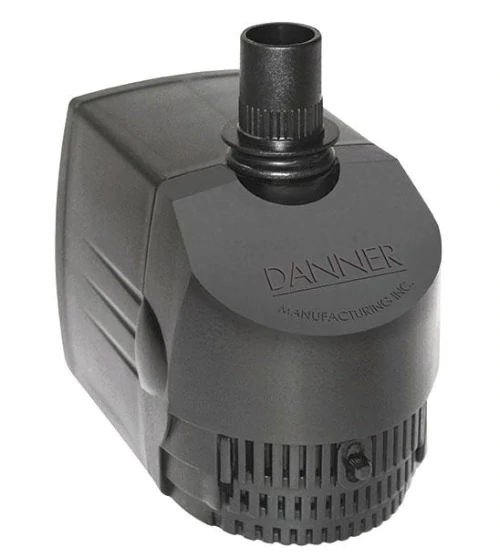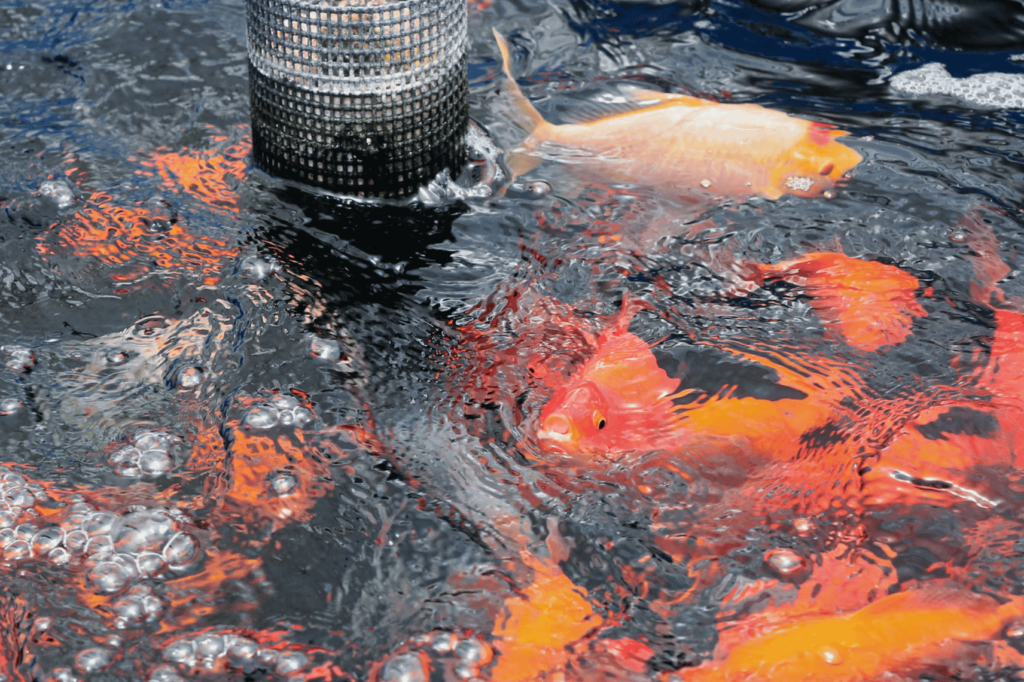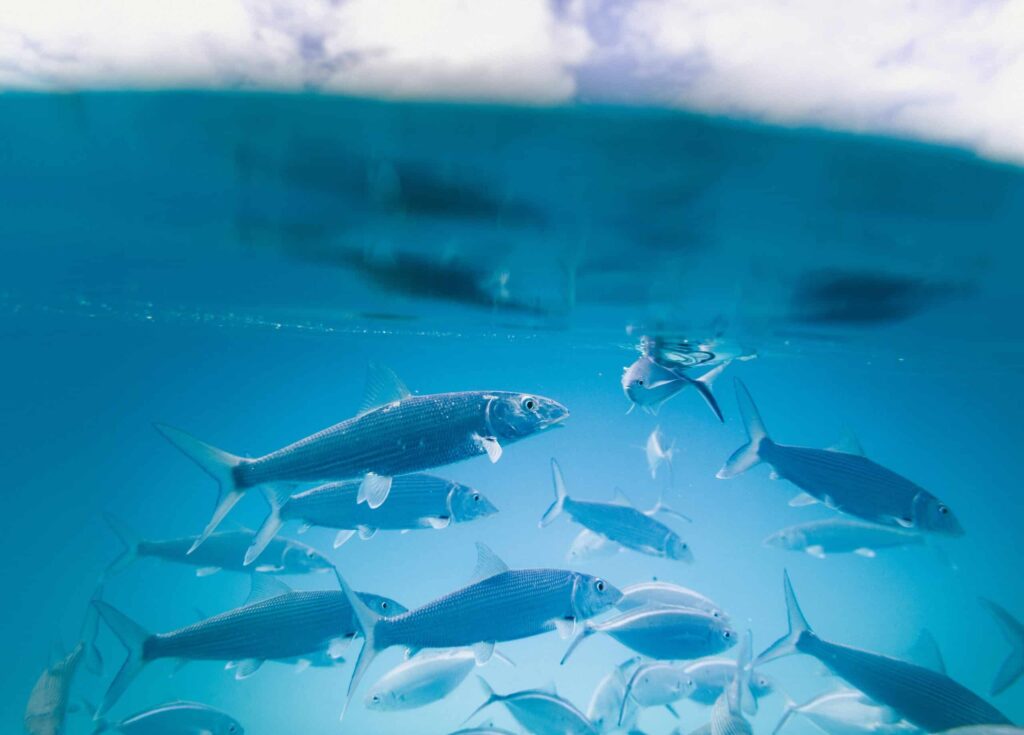Sizing a pump is some of the most unfamiliar territory to people starting up an aquaponic or hydroponic system.
We thought that we’d answer a question that a lot of people have. Usually it looks something like this:
“My plans for my system are to start with a few ZipGrow towers and expand to fifty or seventy towers in total. I have a 1-horse power pump for my 2,200 gallon system and a sump that is six feet below the ground.
I imagine I will have to regulate flow…
Should I install a bypass to maintain pump efficiency or just throttle the pump output?
What is the gallon per hour output per ZipGrow tower, any start up tips welcome here?”
My advice to anyone who is in the process of sizing a pump is to work backwards.
First, you’ve got to know what your head height. You’ve got understand what height you are pushing your water to and the volumes you are delivering at that head height.
Head height for aquaponic systems
For those of you who are unfamiliar with head height, all you need to know is that it’s the height you need to move the water to from the lowest point to the highest point. And increases in head height actually decreases the efficiency of your pump, thus your pump is not moving as much water if you are lifting it ten feet than say if you are lifting it only five feet.

It is very important to know exactly how high you need to lift the water. In ZipGrow tower systems you are typically lifting between six or seven feet if you are using an in-ground sump.
If we work our way backwards for a system with fifty to seventy towers, we recommend seven to ten gallons per hour for each tower.
We have guys doing traditional hydroponics that run two gallons per hour and they do just fine. For the nitrification and filtration processes to take place in aquaponics we do recommend closer to seven gallons per hour.
Say if you have fifty towers, you know you’re running 350 gallons per hour through your towers. While I don’t know the exact size your fish tank, as long as it’s well sized (maybe another 350 gallons per hour at least) you’ll be fine with a total of seven hundred gallons per hour running through your system.
Your pump is really oversized, which is not necessarily a bad thing. I am a big believer in running oversized pumps because it always gives you the potential down the road to blow out your lines.
You can also introduce solenoids into your system for automation purposes if you wish. This could reduce your worries about keeping your lines clear and free some system solids. Whether you’re running a small IBC system or a large commercial system, having a little extra pump power can be really helpful.
This also gives you a chance to add on to your system down the road.
To put this into perspective here at Bright Agrotech we run a 3/4-horse pump (or a seven tenths pump) that we run three hundred and fifty towers on that about four thousand gallons of aquaculture.
A 1-horse power pump therefore is more than enough for your system.
One last thought is that if you’re utilizing an oversized pump in your system is to build in a loop so you can run a little more water to your fish. If you are cycling a lot more water through your fish tanks your fish are going to be really happy.
This will also increase your pump efficiency and reduce your electricity use, among other things. Remember anything you can do to make your pump last as long as you can is usually worth it!







